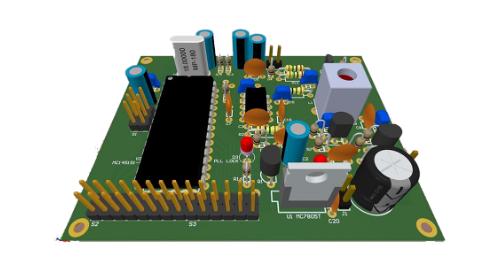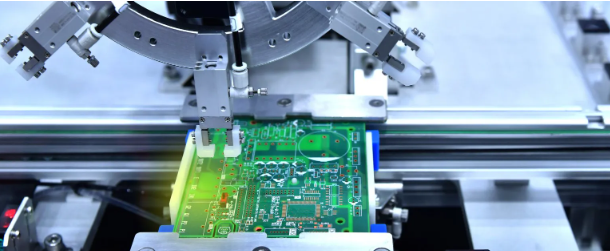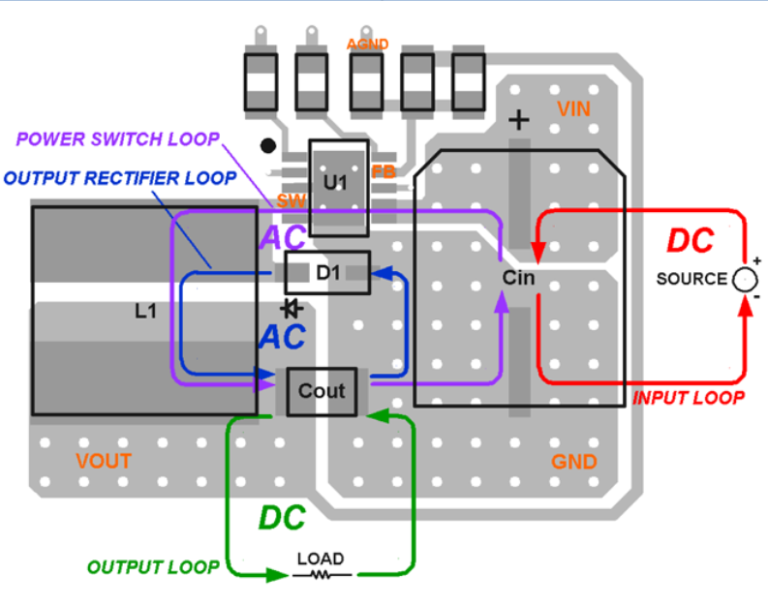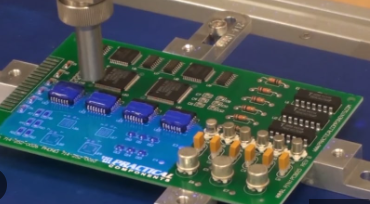absolute pcb assembly
Absolute PCB Assembly occupies an important position in the modern electronic manufacturing industry, and its advantages and wide application areas make it an indispensable technology.
One of the main advantages of Absolute PCB Assembly is its high precision and reliability.
By adopting advanced automation equipment and strict quality control processes, Absolute PCB Assembly is able to ensure the accuracy and consistency of every circuit board.
This high precision not only improves the performance of the product, but also reduces the rework and repair costs caused by assembly errors.
Absolute PCB Assembly also has a high degree of flexibility.
Whether it is small batch production or large-scale manufacturing, Absolute PCB Assembly can meet the needs of different customers.
Through flexible production line configuration and fast switching capabilities, manufacturers can respond quickly to market changes and customer needs, thereby maintaining an advantage in the highly competitive market. This flexibility not only improves production efficiency, but also shortens the time to market of products.

Absolute PCB Assembly also excels in cost control.
The use of automated production lines greatly reduces labor costs while improving production efficiency. More importantly, by optimizing material usage and reducing waste, Absolute PCB Assembly is able to effectively reduce production costs. This has significant economic benefits for those companies that need large-scale production.
In terms of application areas, Absolute PCB Assembly covers almost all electronic product manufacturing.
From consumer electronics, communication equipment to medical devices and automotive electronics, Absolute PCB Assembly plays a key role.
- In the field of consumer electronics, products such as smartphones, tablets and smart home devices rely on high-quality PCB assembly to achieve their complex functions.
- In the field of communication equipment, equipment such as routers, switches and base stations also require high-precision PCB assembly to ensure their stability and performance.
Absolute PCB Assembly is also increasingly used in the field of medical devices.
High-precision and high-reliability PCB assembly technology can meet the strict requirements of medical equipment for safety and stability, thereby ensuring the health and safety of patients.
Similarly, in the field of automotive electronics, with the development of automotive intelligence and electrification, Absolute PCB Assembly technology has become increasingly important. Whether it is an in-vehicle entertainment system, an autonomous driving system or a battery management system, high-quality PCB assembly is indispensable.
In summary, Absolute PCB Assembly plays an irreplaceable role in the modern electronic manufacturing industry with its high precision, high reliability, flexibility and cost-effectiveness. Its wide range of application areas further proves the importance and potential of this technology. With the continuous advancement of technology, PCB assembly will definitely continue to play an important role in the future electronic manufacturing industry.
The key steps and precautions of absolute PCB assembly.
The key steps and precautions of absolute PCB assembly are the basis for ensuring the efficient operation of electronic devices.
The design stage is the starting point of PCB assembly.
At this stage, engineers use professional software to design circuits to ensure that the position and connection of each component meet the design requirements.
After the design is completed, the generated Gerber file will be used to guide the subsequent manufacturing and assembly process.
The manufacturing stage is to transform the design into an actual PCB board
In this process, choosing the right material is crucial. Generally, FR4 material is widely used due to its good electrical properties and mechanical strength.
During the manufacturing process, precise drilling and etching processes ensure that each layer of the circuit board accurately reflects the design drawings.
In addition, surface treatment processes such as HASL, ENIG, etc. are also carried out at this stage to improve the welding performance and durability of the PCB.

Enter the component procurement and preparation stage.
The selection of components should not only consider their electrical performance, but also their reliability and compatibility.
During the procurement process, ensuring the quality of components and the stability of the supply chain is the key. After the components arrive, they need to be strictly inspected and tested to ensure that they meet the specifications.
This is followed by the welding and assembly stage.
At this stage, surface mount technology (SMT) and through-hole technology (THT) are the two main soldering methods.
SMT is suitable for small components and high-density circuits, while THT is suitable for larger components and circuits that require stronger mechanical connections.
During the soldering process, temperature control and precise management of soldering time are key to ensuring soldering quality.
In addition, the use of automated equipment such as reflow ovens and wave soldering machines can improve soldering efficiency and consistency.

The testing and inspection stage is an important part of ensuring the quality of PCB assembly.
Methods such as functional testing, in-circuit testing (ICT) and automatic optical inspection (AOI) are widely used to detect the electrical performance and soldering quality of circuit boards.
Through these tests, potential problems can be discovered and repaired in a timely manner to ensure that each PCB can meet the design requirements.
The packaging and transportation stages should not be ignored either.
In order to prevent damage during transportation, PCBs need to be packaged with anti-static packaging and shockproof treatment.
In addition, choose a reliable logistics service provider to ensure that the PCB can be delivered to customers safely and on time.
In summary, every step of PCB assembly is crucial, from design, manufacturing, component procurement, welding, testing to packaging, every link requires strict control and fine operation. Only in this way can the high quality and reliability of the final product be ensured, providing a solid foundation for the efficient operation of electronic equipment.






